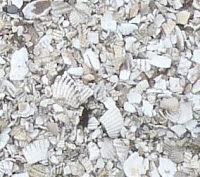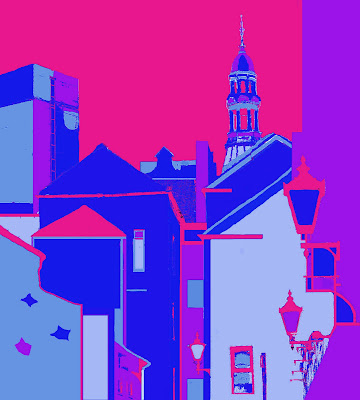 'Is this picnic only for humans?'
'Is this picnic only for humans?'We had a 'holiday-at-home' yesterday, when we packed a picnic lunch and headed for
Gower. My heart lifts when we cross the cattlegrid at the start of Fairwood Common: I always feel at that point that the town is truly behind us. Our first port of call was the new
Wildflower Centre. If you are in the area, do drop in for a cup of coffee. The Italian bread looked amazing. I have rarely seen such a splendid display of deep blue cornflowers.
We had our picnic on the edge of
Cefn Bryn, before heading on to the south coast of the peninsula at Oxwich Bay.

Sadly the beach was full of wasps and looking very 'grey', but we were about to head off in a different direction.
Oxwich is a pretty village, known for its wide stretch of sand and for the wildlife habitat of its extensive dunes. It is not widely known that the preacher and founder of Methodism,
John Wesley, came to the village and stayed in one of the
beautiful cottages in the second half of the eighteenth century.
Oxwich was once a haven for smugglers. Oxwich Castle, a ruined manor house, was built in 1541 and the delightful 12th century church of
St Illtyd nestles in the trees on a rocky ledge above the sea.
 Along the boardwalkEggs of some sort or a seed pod from something like a birch tree?
Along the boardwalkEggs of some sort or a seed pod from something like a birch tree? On this occasion, we were heading for a nature walk across the sand dunes and over the short marshy boardwalk. The area of reedbed and fen was once a saltmarsh. Thomas Mansel Talbot of
Margam claimed it from the sea in the 18th century.

 Burnet Moths
Burnet Moths CaterpillarI.D. gratefully received!
CaterpillarI.D. gratefully received!  Looking up from Oxwich to Cefn Bryn on Gower
Looking up from Oxwich to Cefn Bryn on Gower
Sadly, it was not a bright sunny afternoon, so it is not very surprising that we failed to find any lizards, grass snakes or adders on the dunes. We had a good time all the same: I hope you enjoy these photos of some of our sightings...
 ChrysalisID gratefully received!
ChrysalisID gratefully received!
The waymarked paths over the nature reserve are marked with white cockle shells. Cockles are a key part of the Gower scene.
 Common Blue Butterfly - I think...
Common Blue Butterfly - I think... ... and query Meadow Brown Butterfly
... and query Meadow Brown Butterfly Red Admiral
Red Admiral To be identified!
To be identified! Brown Lipped Snail
Brown Lipped Snail?
(it looked very pink to us!)

























